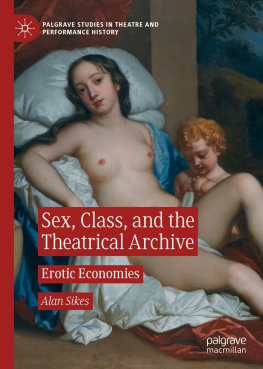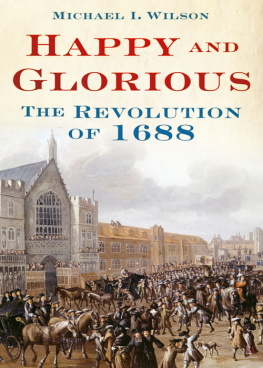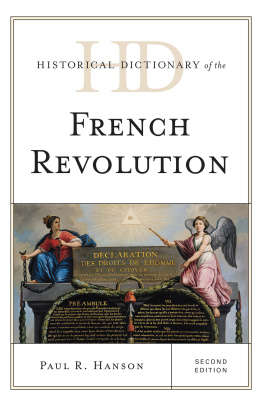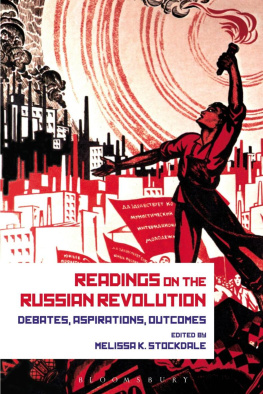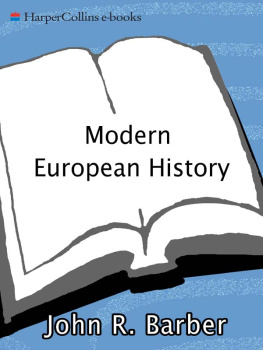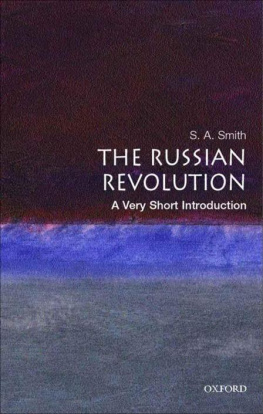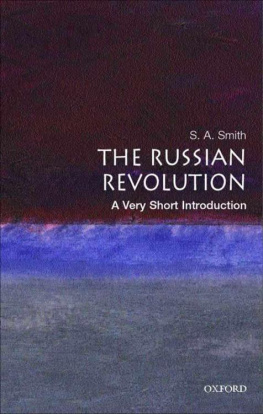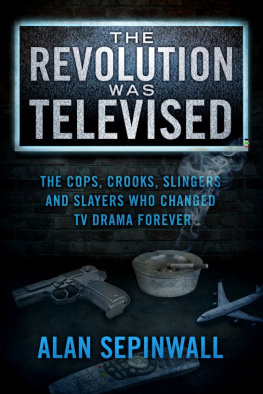1. Introduction: Erotic Economies
Enter Nell Gwyn
On April 3, 1665, the redoubtable diarist Samuel Pepys attended a play, Mustapha , at the Duke of York s Theatre in London. He did not care much for the play, but he was delighted to find King Charles II himself attending the performance in his private box. With his typical penchant for gossip, Pepys reports that the king held company with his mistress Barbara Palmer, the Duchess of Cleveland, along with a young actress named Eleanor Gwyn , or pretty, witty Nell as Pepys called her.
In some ways this tale is familiar for us today: a teenage girl of humble origins is thrust into the spotlight by a closed-door meeting with a rich and powerful state official. On the one hand, this could be a crucial point for many dramatic plotsthe musical Evita at once comes to mind; on the other hand, it could just as well be the headline for an expos on the latest political scandal, or a story on the grim frequency of child sexual exploitation. But in fact, such encounters between aristocrats and young actresses were neither scandalous nor uncommon during the Restoration era. The premiere production was scheduled for the 16641665 season, but the theaters were closed early due to an outbreak of plague, so the actual performance dates are uncertain. Still, the 1666 publication of the play suggests that it offered Gwyn a model for the future pants roles that were to make her famous.
Gwyn was cast in the supporting role of Melina, the confidante of the heroine Celestina, a young noblewoman of Pisa. In order to avoid a forced marriage, Celestina flees Pisa for the city of Urbin in the transvestite guise of the privateer Florio, and Melina accompanies her under the name Pedro. Melina, of course, is a minor character; the play, after all, belongs to Celestina. Disguised as Florio, Celestina proves to be a valiant warrior on the battlefield; she learned combat at a young age because, for obscure textual reasons, she was raised in a forest and trained to fight wild beasts for her survival. Eventually Celestina is revealed as a true noblewoman and is happily married to the Duke of Urbin himself. As for Melina, she never undergoes a similar reveal and remains in pants for the rest of the play. In that guise she serves as comic relief and engages in humorous banter with the nave maidservant Clara, who, besotted with Pedro, believes him when he tells her that sacking the city means that all the Mayds above fifteen years old, by the Enemy found in Towne, must be put in Sacks, and thrown into the River.
So from her earliest days on stage, Gwyn was cast as a clever and flirtatious young woman who took to wearing pants. Over the course of her career, she would win her greatest praises in such transvestite roles, all the while winning increasing affection and privileges from the king. And since Gwyn appeared onstage at the dawn of the stretch of history I will examine in this study, it seems only right to reference Gwyn as a point of entry into the question that prompts my entire project: what might we learn, not only about Gwyn but also about the theater history of the Modern West, by considering how her cross-dressed attire and her class preferment actually intersected with one another? I think the question is cogent for the present day, because some landmark studies of transvestite actresses have focused more upon their capacity to contest sexual norms, than their intervention into the class dynamics of their eras. Two texts from the end of the last century, both admirable in their depth and scope, demonstrate how the politics of sex, rather than class, came to dominate discussions of the transvestite actress.
For instance, in The Changing Room, a comprehensive history of global transvestite performance traditions, Laurence Senelick offers ample evidence to support his claim that a powerful and longlasting attraction of the cross-dressed actress on the Western stage was the allure of shapely female legs encased in tightly fitted male attire. Tracing this tradition to the Restoration era, Senelick denies that donning breeches granted actresses the masculine privileges that typically accompanied masculine dress: For all the critical attempts to interpret the plethora of breeches roles on the Restoration stage as a token of female empowerment and confiscation of male prerogatives, the breeches role was first and foremost an effective means of sexual display.
Yet in her equally comprehensive study VestedInterests, Marjorie Garber offers a very different view of the cross-dressed actress. Garber argues that transvestite performances not only disturb conventional gender expectations, but also surrogate disturbances in a range of other regulated modes of sexual interaction; for Garber , transvestism is a space of possibility structuring and confounding culture: the disruptive element that intervenes, not just a category crisis of male and female, but the crisis of category itself.
Taken together, then, Garber and Senelick locate the transvestite actress at opposing ends of a sexual political spectrum. For Senelick , the actress in pants is subjected to a regime of cultural constraint, largely incapable of freeing herself from her designation as a sexual object. Yet for Garber she is the very epitome of cultural transgression, one who disrupts all manner of sanctioned sexual relations. Here I do not propose to revisit all the many instances of cross-dressing that Garber and Senelick rally to support their arguments; Still less do I seek to resolve their two arguments with one another. I do wish to note, however, the ways in which their classic studies on transvestite actors might usefully be revisited and inflected by more recent critical thought on trans-identities. Perhaps this newer work will open the study of Gwyn and her cross-dressed career to more intersectional modes of academic inquiry.
Consider, for instance, the 2008 article by C. L. Cole and Shannon L. C. Cate , Compulsory Gender and Transgender Existence. The authors draw both their title and the basis of their argument from the 1980 publication by Adrienne Rich , Compulsory Heterosexuality and Lesbian Existence. Cole and Cate recall that Rich was devoted to denaturalizing heterosexuality and to that end proposed a lesbian continuum upon which women might locate themselves at various points between the abstract but heuristically convenient poles of homo- and heterosexuality.
Thus Cole and Cate , as I understand them, envision intersecting continua of sexuality, on the one hand, and gender identification, on the other, operating both to analyze and contest contemporary sexual politics. I find their article quite helpful, because for me it raises the possibility of adding to their vision additional intersecting continua along other identity valences: race, ethnicity, nationality, faith affiliation, citizen status, andmost crucially for my particular projecteconomic status. As follow-up to the article by Cole and Cate , I should also mention a slightly earlier publication by political scholar Paisley Currah, The Transgender Rights Imaginary, that also proves useful for my present thinking about the intersections between the politics of sex and class. In this article, Currah argues that successful legal recognition of trans-identity status does little or nothing either to ensure economic security or address economic precarity: How should we negotiate the tensions between an identity politics movement of gender-variant people that seeks primarily to amend the definitions of the binary sex classification scheme, and the larger goal of dis-establishing sex as a meaningful legal category, a category that remains in place as a means of distributing rights and resources

